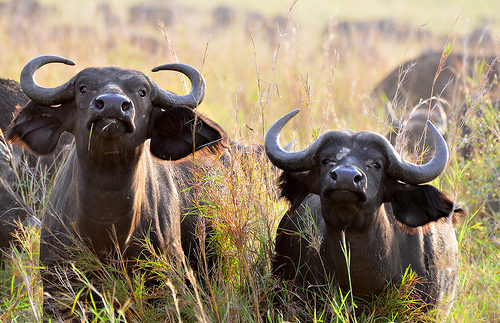Kidepo Valley National park is Uganda’s Prime Wildlife Destination
The plains teem with big buffalo herds. Midget crocodiles cool off the day in Narus valley while the king of the jungle watches its kingdom atop a rock as ostriches dance. In the distance, Karamojong youth perform the edonga dance, Kidepo is a perfect place for a Uganda wildlife and cultural safari.

Kidepo Valley National Park is Uganda’s most spectacular and isolated park. Measuring 1,442 sq kms, the park lies in the rugged, semi-arid valleys between Uganda’s border with South Sudan and Kenya, about 700km North East from Kampala.
The park gets its name from the seasonal Kidepo River. Kidepo means to pick something from down. The Borassus palm lined Kidepo valley was visited by people coming to gather fallen borassus fruit for making beer, thus the name.
Kidepo valley is ‘gifted by nature’
Gazetted as a national park in 1962, Kidepo hosts more than 77 mammals and about 475 bird and 692 plant species. A Kidepo wildlife safari in Uganda‘s Kidepo will give you an opportunity to sight 28 unique animal species not found anywhere else in Uganda. These include: striped hyena, aardwolf, caracal, cheetah, greater and lesser kudu, klipspringer, dik-dik, bright’s gazelle, and chandler’s mountain reedbuck. Occasional visitors to the park from South Sudan include the African wild dogs.
Other animals in Kidepo valley national park but also found in other parks include: African elephant, zebra, buffalo, waterbuck, jackson’s hartebeest, lion, leopard, and both black-backed and side-striped jackal.
Unlike other parks in Uganda, Kidepo plains surrounded by blue mountains teeming with thousands of buffalo herds cannot be seen anywhere else in the country. Because the park has limited water sources, it is possible to see elephants, lions and giraffes in a small radius, especially during the dry season without driving in circles. Much of the park is composed of open savannah grassland, dominated by a mixture of acacia and other perennial grasses plus dry thickets, short trees and shrubs. The vegetation is usually dry for more than half of the year and antelopes such as guenther’s dik-dik, which is found nowhere else in Uganda, are usually seen in such a habitat.
During the dry season, the only permanent water source in the park is found in the broad Narus Valley near Apoka. Apoka is the centre of tourism in the park where Uganda Wildlife Authority runs accommodation facilities. This water source makes the Narus Valley the park’s prime game viewing location. And there is nothing more spectacular than seeing a herd of thousands of buffaloes going to drink water in the afternoon.
Kidepo is a wonder of the country
 In the swamps of Narus also reside midget crocodiles, measuring about two and a half metres. There is nowhere in Uganda where “pigmy” crocodiles are found other than in Kidepo.
In the swamps of Narus also reside midget crocodiles, measuring about two and a half metres. There is nowhere in Uganda where “pigmy” crocodiles are found other than in Kidepo.
Normal crocodiles are more than four metres long. It is said that their midget size is due to limited availability of food, water and space, as they are confined in a 10 metre long swamp. Because of having water all year around, many other creatures are attracted to the swamp. These include lions, jackson’s hartebeest, buffaloes, giraffes, oribis and reedbucks. Less commonly seen are cheetahs and leopards.
Most predators such as lions are attracted to Narus valley because it has a variety of easy to catch prey. Another interesting factor about the lions of Kidepo is that they climb rocks as opposed to those of Ishasha which climb trees.
Kidepo is known for its birds of prey, 58 species of which have been recorded. These include lammergeier (gypaetus barbatus), verreaux’s eagle (aquila verreauxii), the pygmy falcon (polihierax semitorquatus), and Egyptian vulture (neophron percnopterus).
Some of Africa’s rarest and most sought after birds in the park are: the Karamoja apalis (apalis karamojae) and black-breasted barbet (lybius rolleti).
Kidepo is the only park in Uganda where the biggest and fastest birds in the world -ostriches, are found. Ostriches can also be found in Pian Upe game reserve in Karamoja sub-region.
A visit to Karamojong communities offers visitors a chance to interact with the pastoralists and enjoy cultural dances such as edonga.
The IK, who are the smallest ethnic group in Uganda, live on the slopes of Mount Morungole that stands at 2,750m and is crossed by the Kidepo and Narus Rivers that nourish the park’s wildlife. Their unique way of life is an experience to visitors.
Travel to Uganda and visit the spectacular Kidepo Valley for a diversity of wildlife and pristine cultures of the Ik and the Karamojong. Inquiry about Kidepo safaris via info@travel256.com or call our travel experts on +256701367970 for more information.

